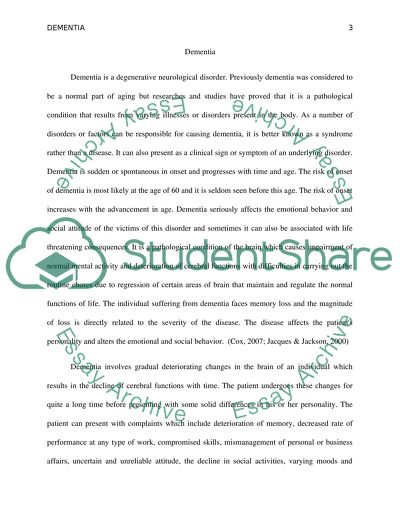Cite this document
(“Dementia Research Paper Example | Topics and Well Written Essays - 1500 words”, n.d.)
Retrieved de https://studentshare.org/biology/1444763-dementia-covering-at-a-minimum-the-following
Retrieved de https://studentshare.org/biology/1444763-dementia-covering-at-a-minimum-the-following
(Dementia Research Paper Example | Topics and Well Written Essays - 1500 Words)
https://studentshare.org/biology/1444763-dementia-covering-at-a-minimum-the-following.
https://studentshare.org/biology/1444763-dementia-covering-at-a-minimum-the-following.
“Dementia Research Paper Example | Topics and Well Written Essays - 1500 Words”, n.d. https://studentshare.org/biology/1444763-dementia-covering-at-a-minimum-the-following.


